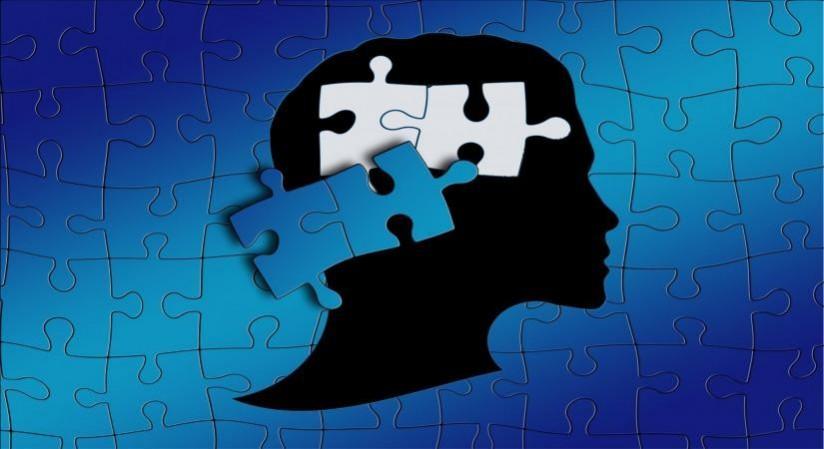
A team of scientists from the Laboratory of Developmental Neurobiology at Rockefeller University, New York, has identified a gene, Astrotactin 2 (ASTN2), that could potentially prevent autism. The team discovered that defects in the ASTN2 protein disrupted neural circuitry in the cerebellum, affecting children with neurodevelopmental conditions.
The same lab also found that completely knocking out the ASTN2 gene in mice led to several behaviors characteristic of autism. Mice lacking ASTN2 displayed reduced vocalization and socialization, along with increased hyperactivity and repetitive behaviors, mirroring traits seen in individuals with ASD. The study also revealed structural and physiological changes in the cerebellum of these mice, reinforcing the cerebellum's role in cognitive functions beyond motor control.
The research builds on previous studies, which in 2010 discovered that ASTN2 proteins guide neuron migration during cerebellar development. The current study explored the impact of a total absence of ASTN2, finding that knockout mice showed significant behavioral and brain changes. For example, the knockout mice vocalized less frequently and in a more limited pitch range, preferred familiar mice over new ones, and exhibited increased hyperactivity and repetitive actions.

These behavioral differences were accompanied by subtle changes in the cerebellum, such as an increased density of dendritic spines in Purkinje cells. These changes likely alter communication between the cerebellum and other brain regions. Future research will focus on examining human cerebellar cells with ASTN2 mutations to identify parallels and further investigate other autism-linked genes.
In addition to the primary source information, additional relevant news information provides further context. For instance, one study found that the researchers briefly isolated baby mice, then measured how frequently they called out for their mothers using ultrasonic vocalizations. These sounds are a key part of a mouse's social behavior and communication, and they're one of the best proxies researchers have for assessing parallels to human language skills.
Another study discussed the structure and function of the hippocampus, a part of the brain believed to play a pivotal role in cognitive processes such as learning and memory. Changes in hippocampal volume, morphology, blood flow, metabolites, and functional connectivity may underlie altered hippocampal functions, including the formation and consolidation of memory, learning, language abilities, emotional regulation, and cognitive map creation.
In terms of treatment, the US Food and Drug Administration (FDA) has approved two atypical antipsychotics—risperidone and aripiprazole—for treatment of severe irritability symptoms such as aggression and self-injurious behavior associated with ASD. However, the diagnosis and treatment of ASD remain complex due to the disorder's high heterogeneity and the presence of co-occurring conditions such as intellectual disability.
The discovery of the ASTN2 gene and its potential role in preventing autism is a significant breakthrough in ASD research. However, further research is needed to fully understand the complex interplay of genetic, neurological, and environmental factors that contribute to ASD. The development of effective treatments and interventions for ASD also requires a comprehensive understanding of these factors. This discovery opens up new avenues for understanding and potentially treating ASD, but it is just one piece of a complex puzzle that researchers continue to unravel.

















